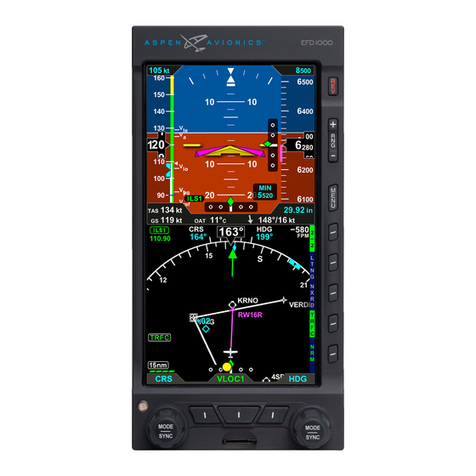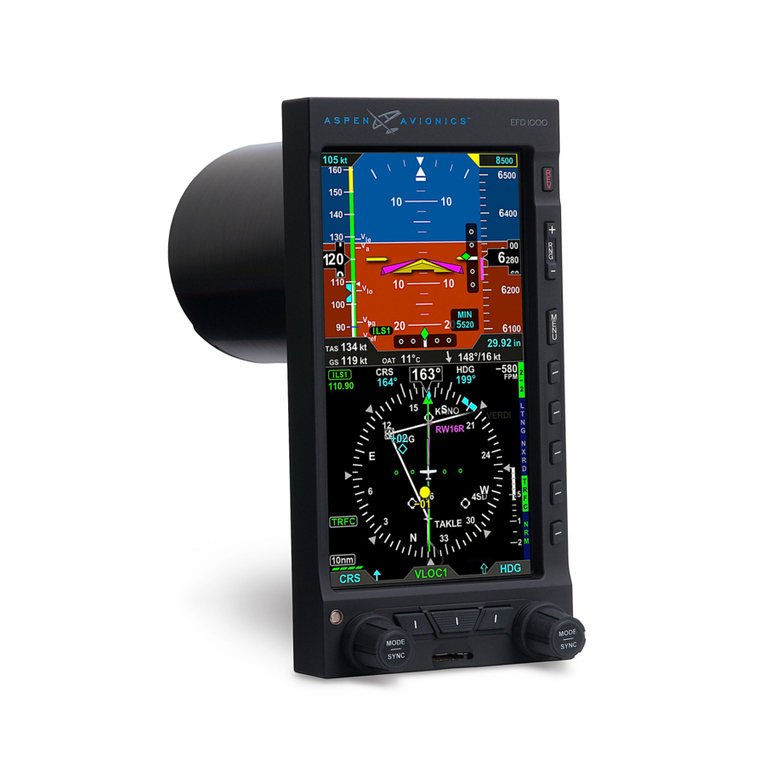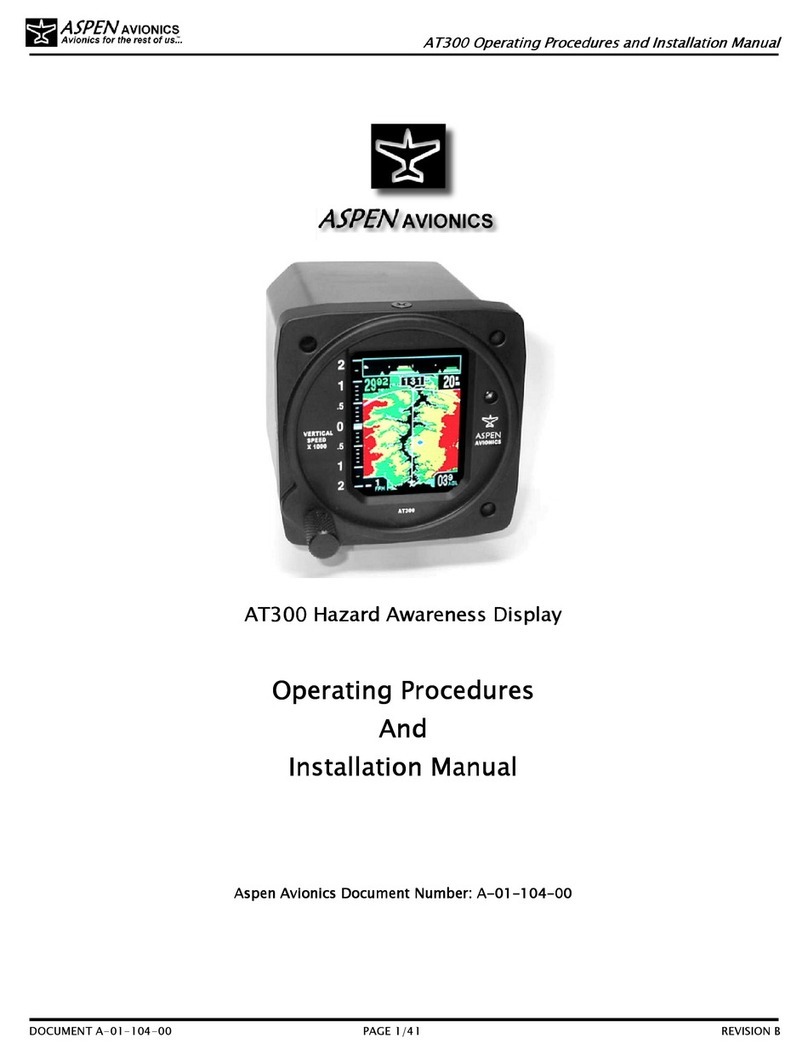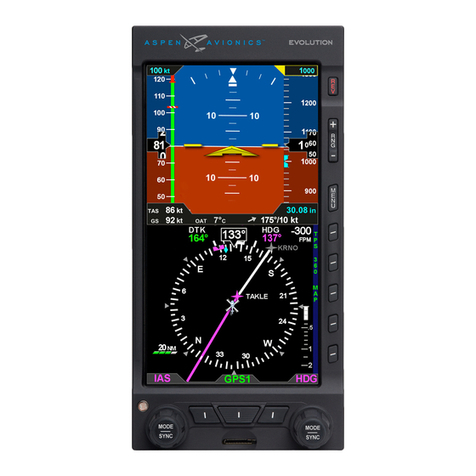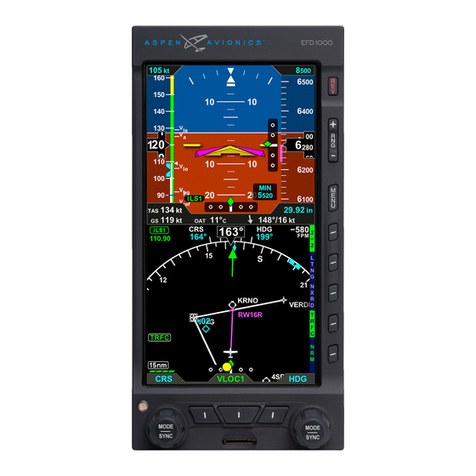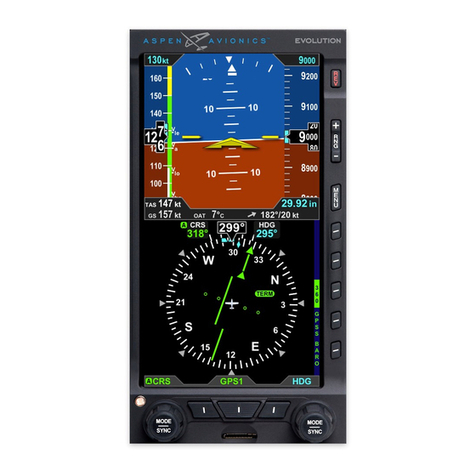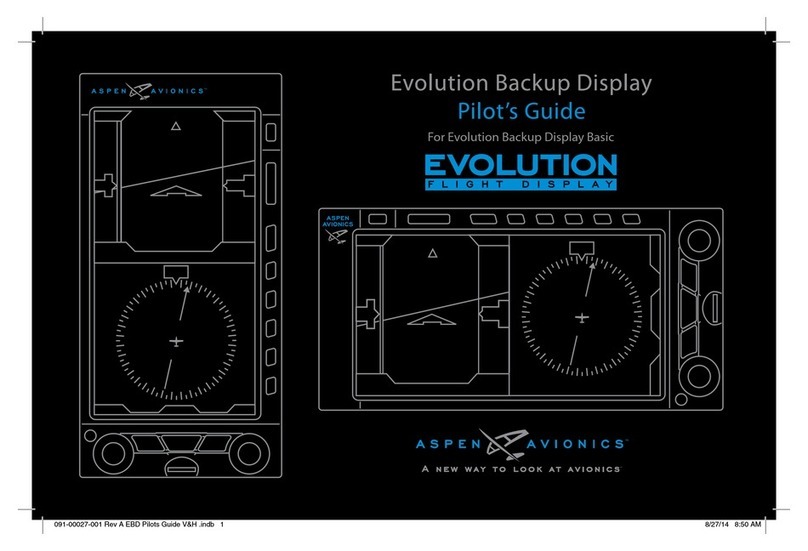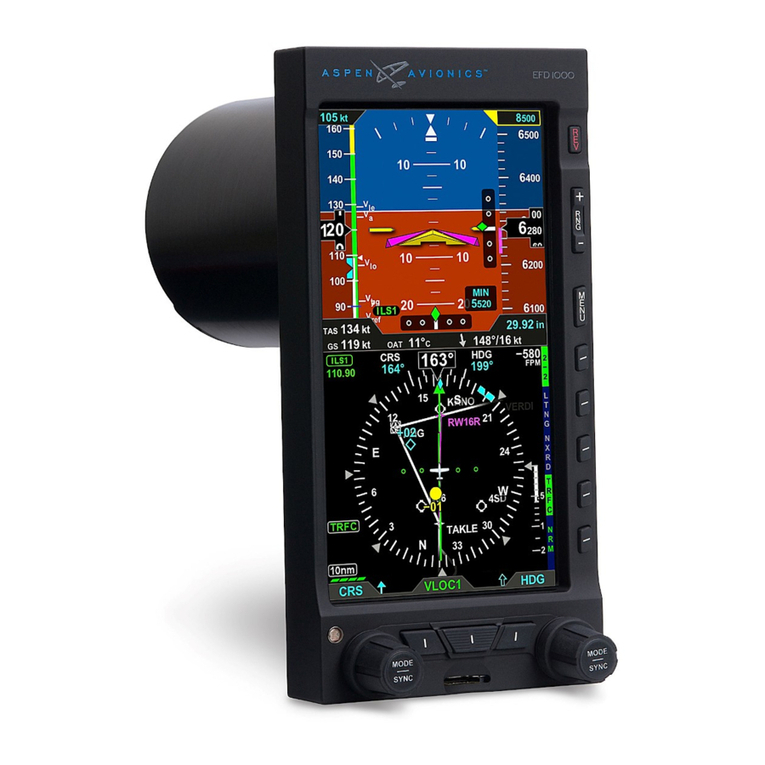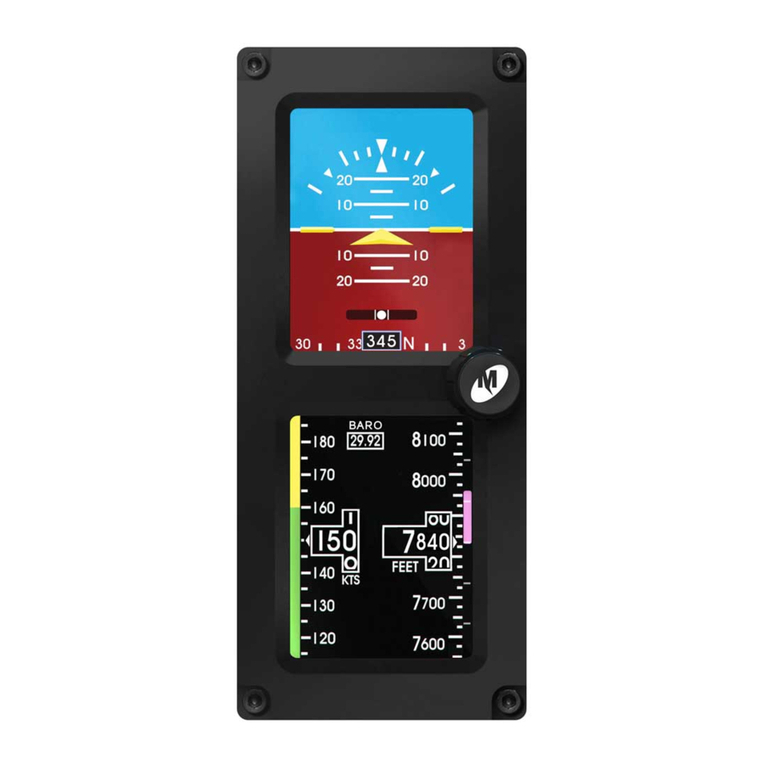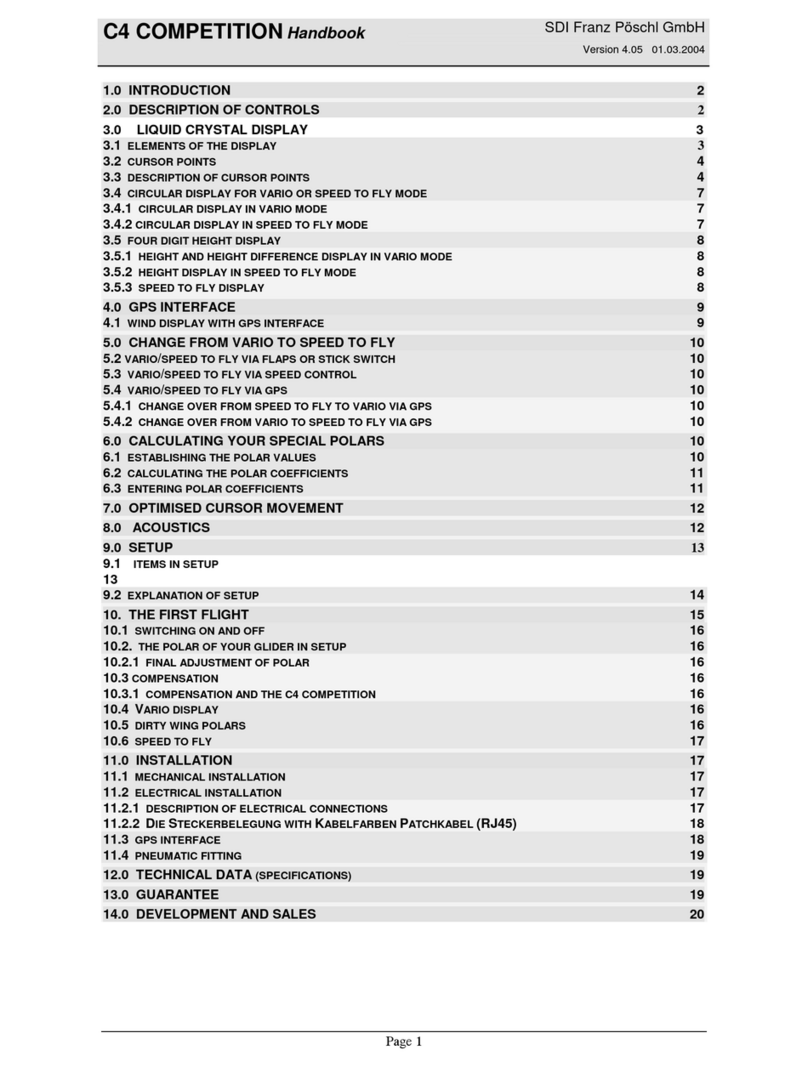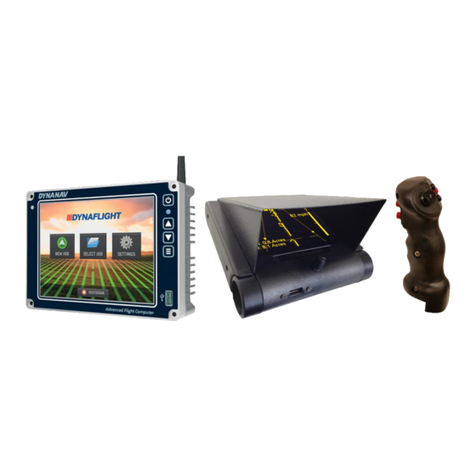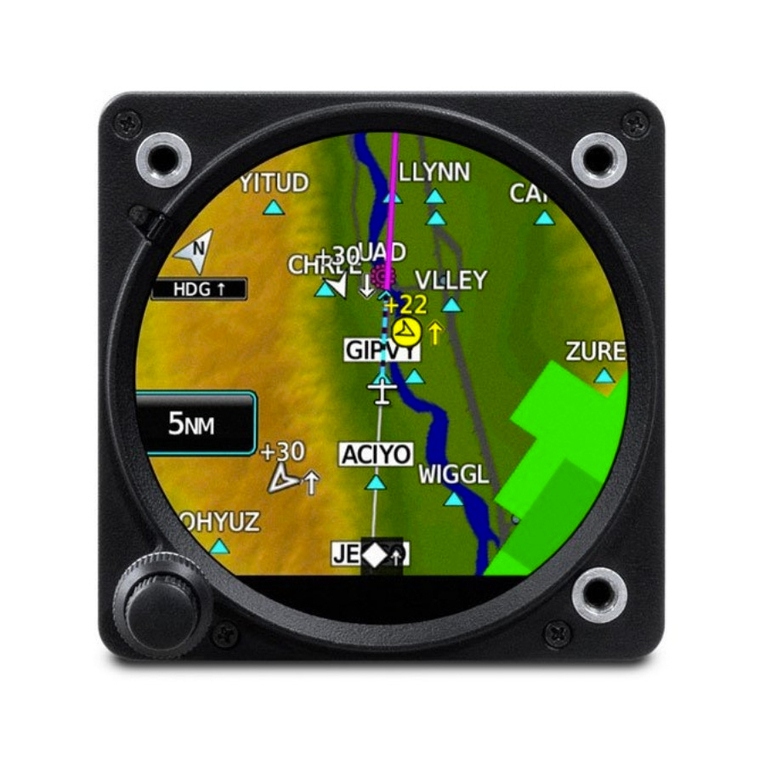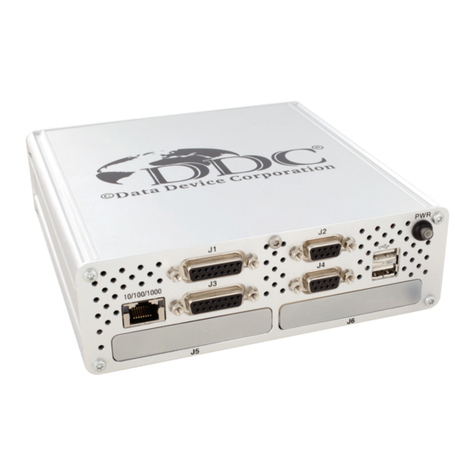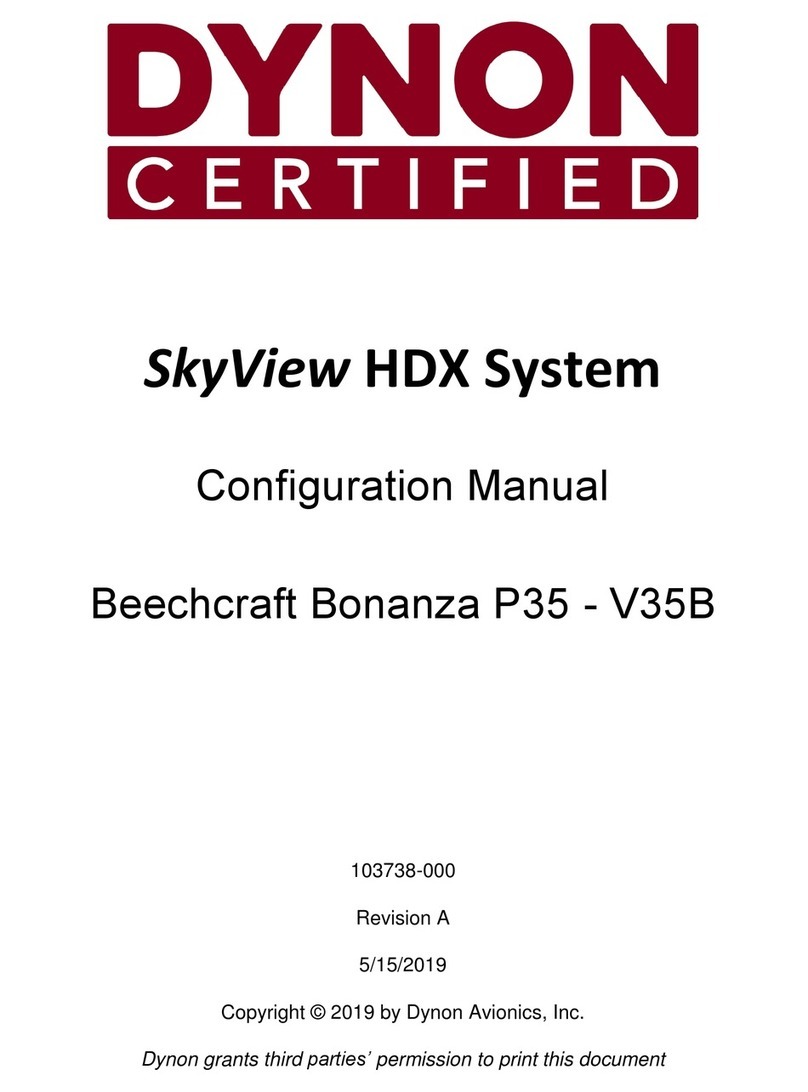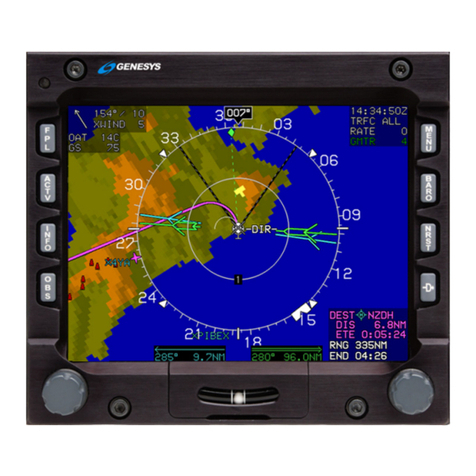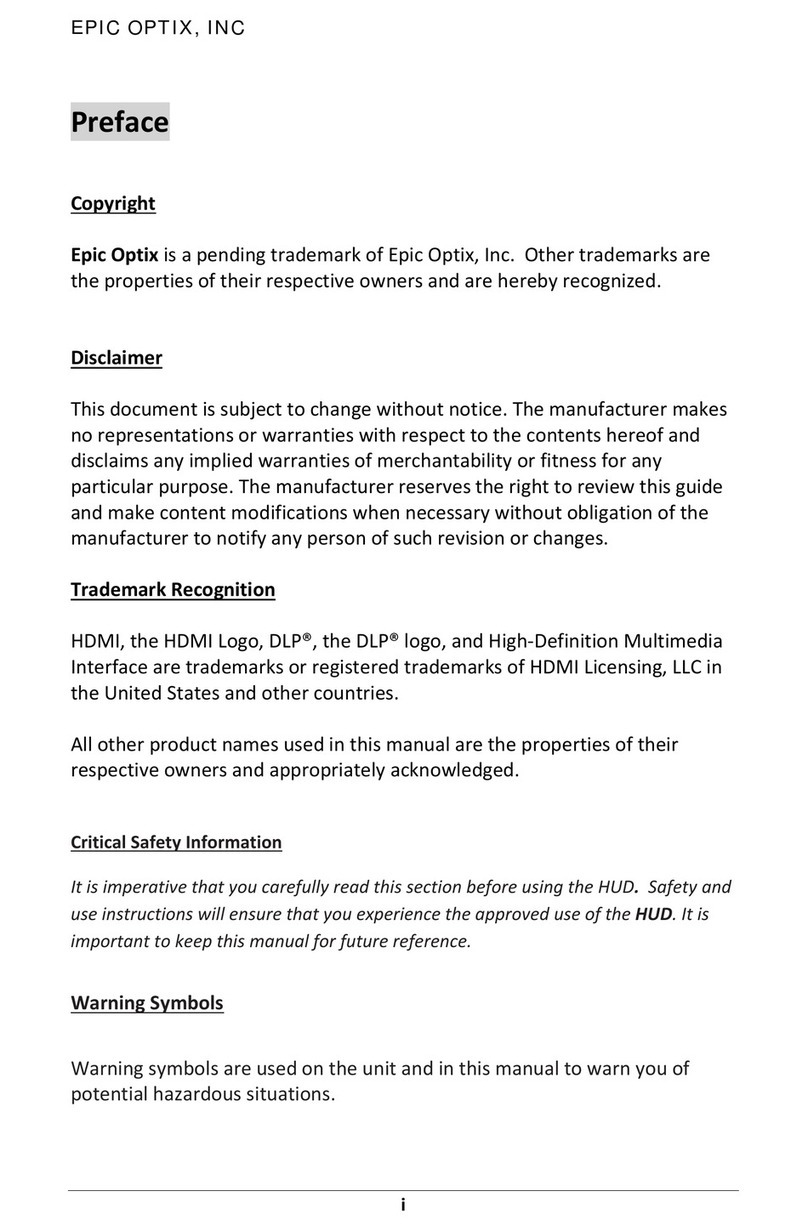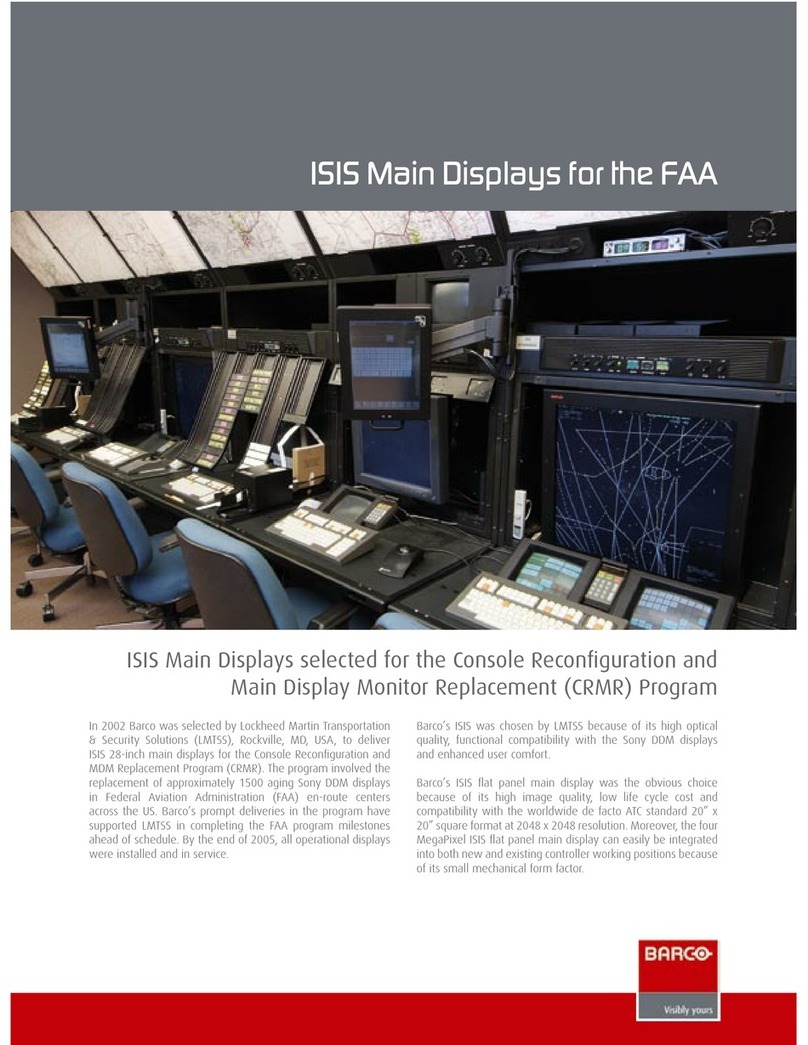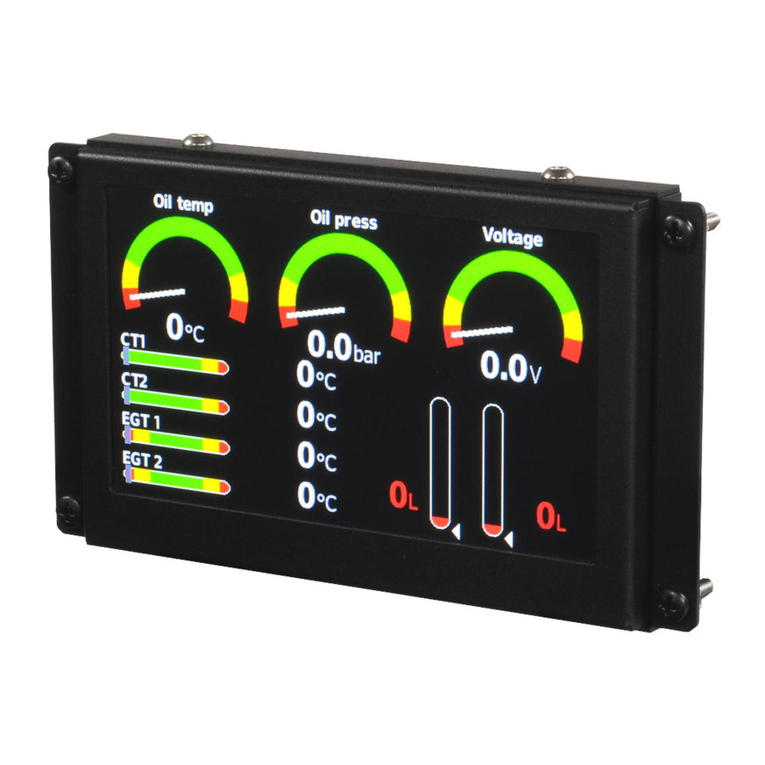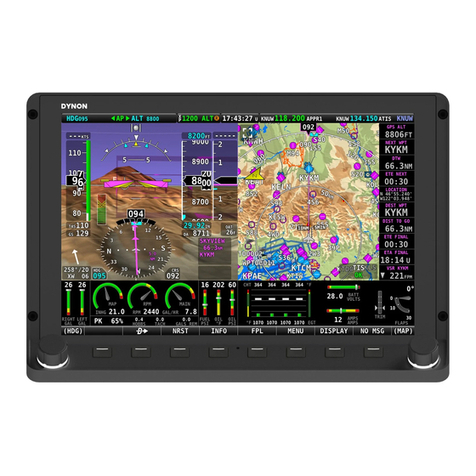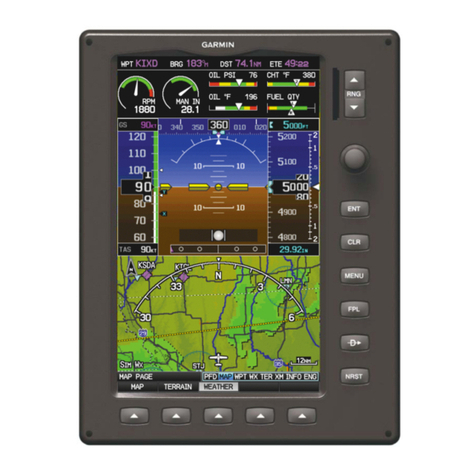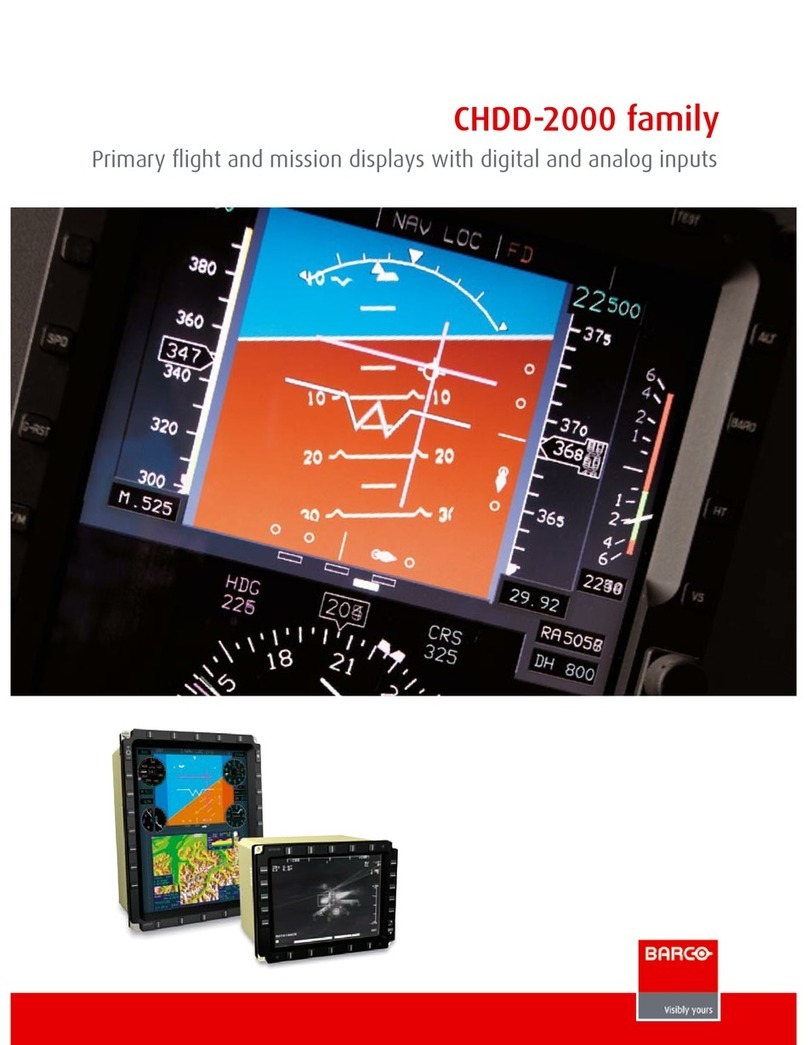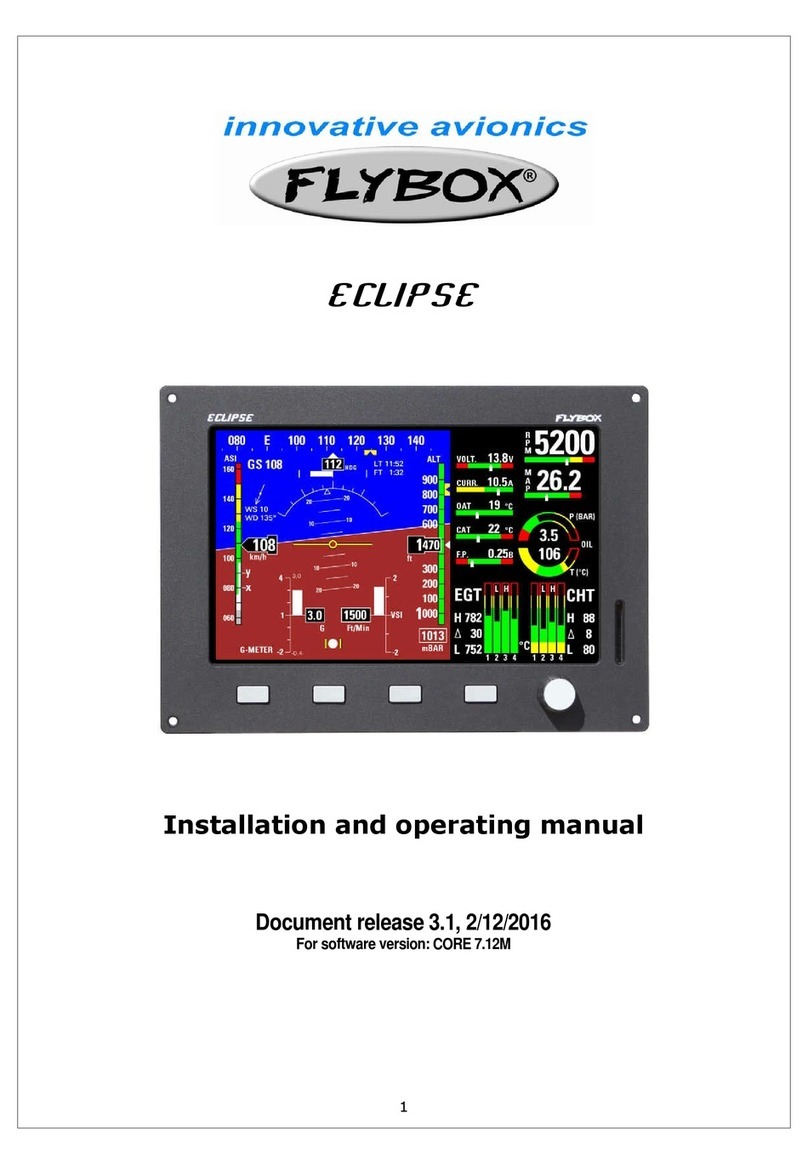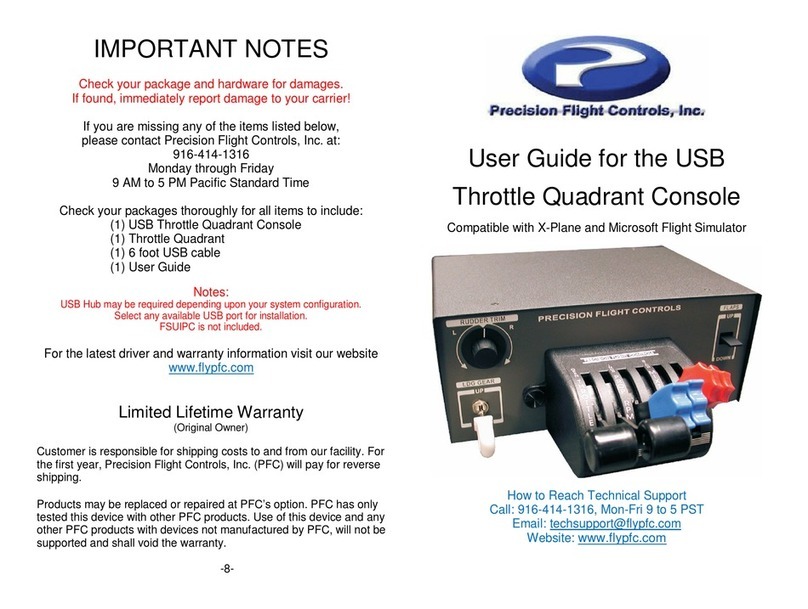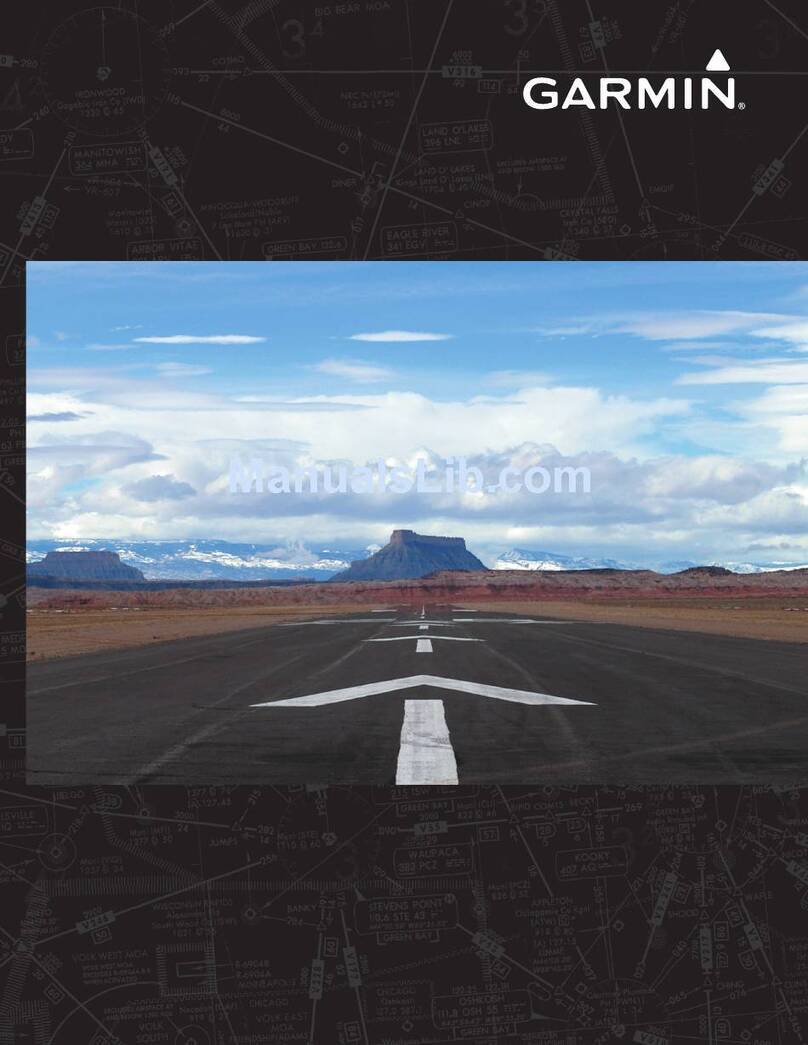
4.3. Data Bar ...................................................................................................................4-19
4.3.1. Ground Speed ...................................................................................4-19
4.3.2. Barometric Pressure Setting Display.....................................4-19
4.4. Navigation Display............................................................................................4-20
4.4.1. Compass ..............................................................................................4-21
4.4.1.1. 360° Compass Mode.......................................................4-21
4.4.1.2. ARC Compass Mode .......................................................4-21
4.4.2. Course Pointer1................................................................................4-23
4.4.3. TO/FROM Indicator1.......................................................................4-24
4.4.4. Course Deviation Indicator and Scale1................................4-25
4.4.5. CDI Navigation Source..................................................................4-25
4.4.6. Auto Course ........................................................................................4-27
4.4.7. CDI Selected Course ......................................................................4-28
4.4.8. Heading Bug.......................................................................................4-29
4.4.9. Aircraft Heading Display..............................................................4-30
4.4.10. Rate of Turn Indicator.................................................................4-30
4.4.11. Ground Track Marker...................................................................4-31
4.4.12. GPS OBS Operation with a EFI and a Mechanical
Standby Nav Indicator...................................................................4-31
4.4.13. Course Pointer Operation with Integrated VOR/
Localizer/GPS Navigation Systems1.......................................4-31
4.5. Vertical Speed Indicator ................................................................................4-32
4.6. Autopilot Integration1.....................................................................................4-33
4.6.1. GPS Steering (GPSS)1......................................................................4-34
4.6.2. Typical Autopilot Operations1..................................................4-38
Chapter 5
Customizing the EFI ................................................................... 5-1
5.1. Menu Overview.....................................................................................................5-1
5.2. Configuring Vspeeds..........................................................................................5-5
5.3. LCD Brightness Control..................................................................................5-10
Chapter 6
Expanded Emergency and Abnormal Procedures ............... 6-1
6.1. Pitot/Static System Blockage ........................................................................6-2
6.1.1. Identifying and Handling Suspected Pitot
and/or Static System Failures ...................................................... 6-3
6.2. Frequent or Persistent CROSS CHECK ATTITUDE
Annunciation.......................................................................................................6-6
6.3. Difference Detected Between the E5 Dual EFI
and Mechanical Attitude Indicators..........................................................6-6
6.4. Abnormal Shutdown Procedure.................................................................6-7
6.5. Loss of Aircraft Electrical Power ..................................................................6-8
6.5.1. Overvoltage Protection.......................................................................6-9
6.6. Power Override...................................................................................................6-11
6.7. In-Flight AHRS Reset........................................................................................6-12
EFD1000 E5 Pilot’s Guide Page vii091-00086-001 ( )
